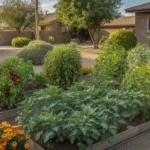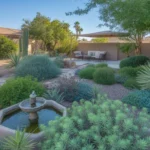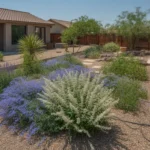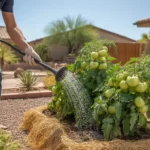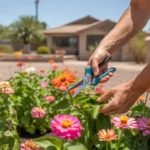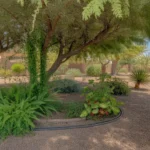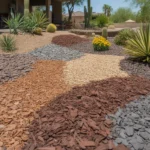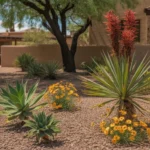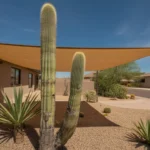As a gardening enthusiast and Gilbert local, I have a particular fondness for the natural beauty and resilience of cacti. Potted cactus displays can add a unique, southwestern charm to any outdoor space. But, to truly make them thrive, you need to understand their needs and how they relate to our local climate. Let’s explore some secrets to creating thriving potted cactus displays in Gilbert.
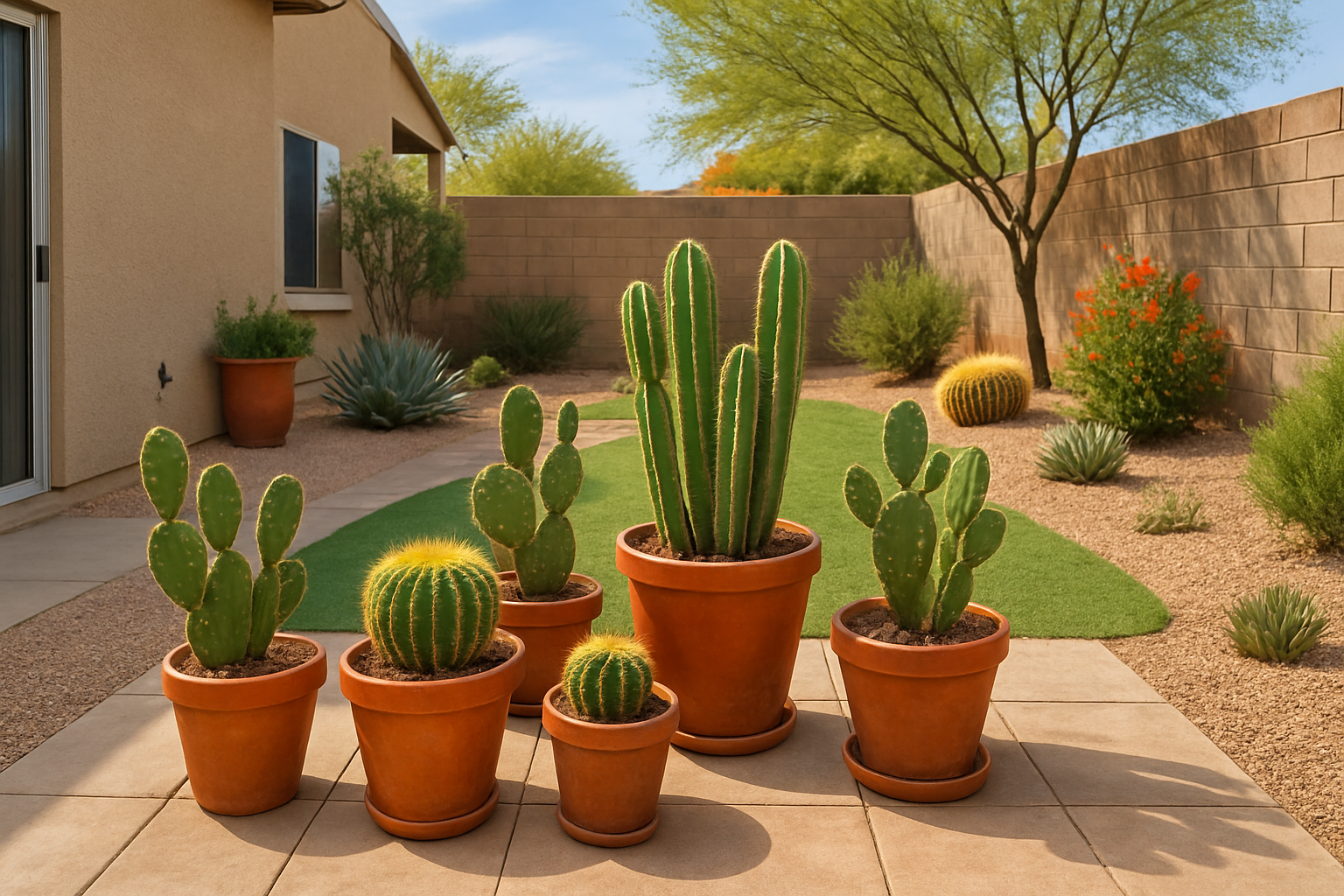
Understanding Cacti and Their Needs
Before you start assembling your potted cactus display, it’s crucial to have a basic understanding of cacti and their needs. These desert denizens are far from the typical houseplants most people are used to. They’re adapted to thrive in harsh, arid environments and can be quite sensitive to overwatering and high humidity.
Most cacti prefer bright light, well-draining soil, and infrequent watering. They also need a rest period during the cooler months to bloom in the spring or summer. Be mindful of these needs as you plan your display, and you’ll set yourself up for success.
Choosing the Right Cacti for Your Display
Not all cacti are created equal, especially when it comes to their suitability for potted displays. Some species grow quite large, making them unsuitable for pots, while others thrive in smaller, confined spaces. Research is your best friend here. Look for cactus species that stay small and handle confinement well.
Some excellent choices for potted cactus displays include Barrel Cactus (Ferocactus), Star Cactus (Astrophytum), and Bishop’s Cap (Astrophytum myriostigma). These species are small, visually interesting, and generally easy to care for, making them excellent choices for beginners or those new to cactus care.
Creating the Perfect Potting Mix
Cacti need a well-draining potting mix to thrive. Regular potting soil retains too much water for their liking, leading to root rot and other complications. Instead, opt for a cactus-specific potting mix or make your own by combining regular potting soil with coarse sand or perlite.
When creating your potting mix, aim for a ratio of about 1 part soil to 2 parts sand or perlite. This will ensure your cacti have the drainage they need without completely depriving them of nutrients. Remember, while cacti are hardy, they still need some nutrients to grow and thrive.
Assembling Your Potted Cactus Display
When assembling your potted cactus display, it’s essential to consider both aesthetics and the needs of your plants. Choose pots that complement each other and your outdoor space, but also ensure they have adequate drainage. Layer the bottom of each pot with gravel or small stones before adding your potting mix. This will further improve drainage and prevent water from pooling at the bottom.
Arrange your cacti in a way that allows each plant access to light and air flow. Avoid overcrowding, which can lead to pest problems and hinder growth. Remember, each cactus is a star in its own right – give it room to shine!
Caring for Your Potted Cactus Display
Once your display is assembled, ongoing care is crucial to keep your cacti happy and healthy. Water sparingly – once every week or two is usually sufficient, and less during the winter months. However, always check the soil’s dryness before watering. If it’s still moist, hold off on watering for a few more days.
During the summer months, your cacti may appreciate an occasional misting to simulate a desert rainstorm. However, remember that cacti are adapted to dry conditions, so less is more when it comes to water. Fertilize sparingly with a low-nitrogen cactus fertilizer to promote growth and flowering.
Enjoying Your Cactus Display
Finally, remember to take the time to appreciate your cactus display. These rugged plants offer a unique beauty that’s all their own, from their fascinating shapes and textures to their stunning blossoms. Plus, they can be a great conversation starter when you have guests over.
Creating a thriving potted cactus display is more than just an outdoor project. It’s a chance to connect with nature, learn about a unique group of plants, and create something truly beautiful in your own backyard. Happy gardening, Gilbert!


